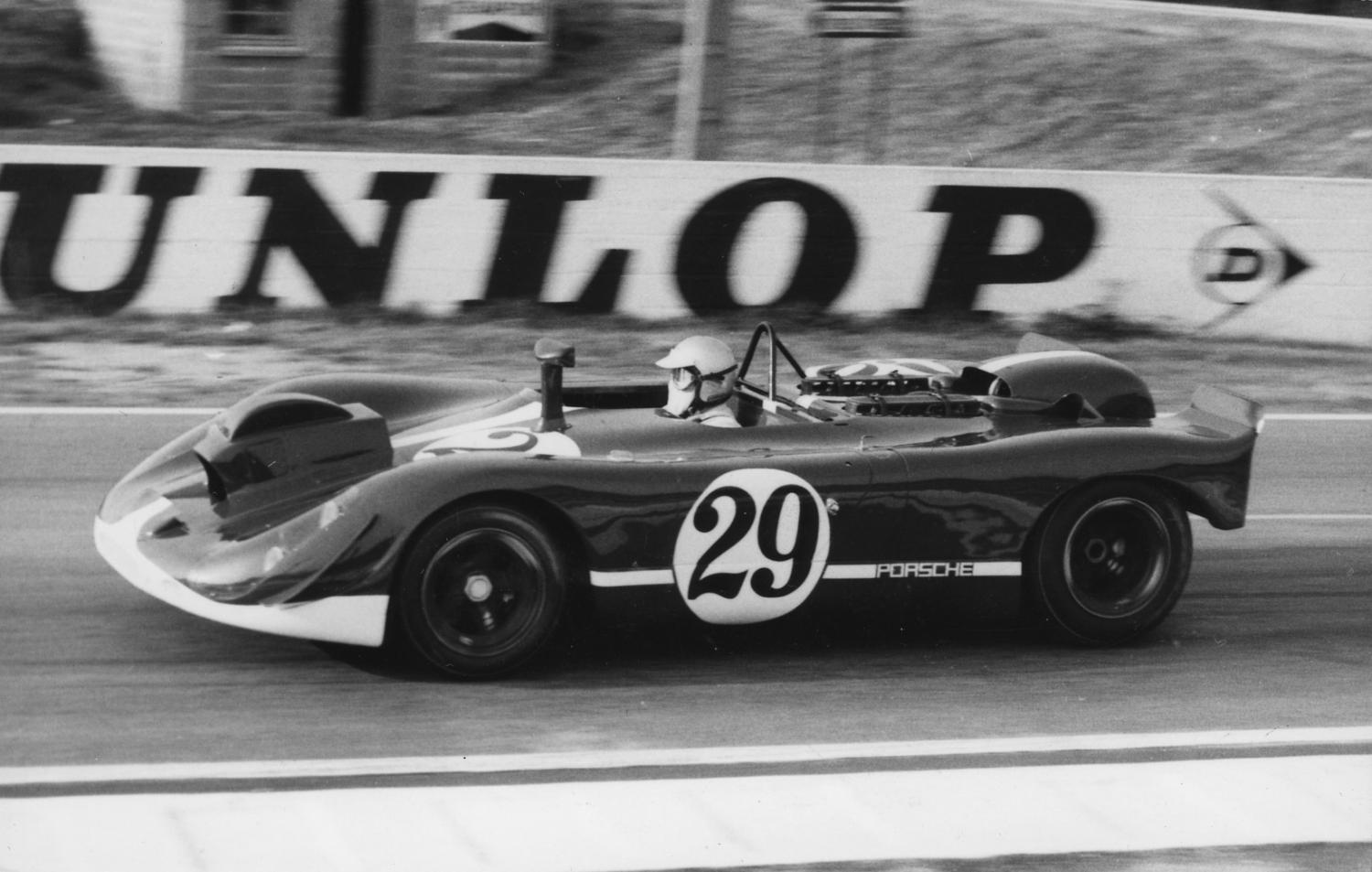- Filming took place at Le Mans from 7 June (just one week before the 38th running of the 24 Hours) to 10 November 1970, ending two months behind schedule.
- The first director Steve McQueen hired for "Le Mans" was John Sturges ("The Magnificent Seven" and "The Great Escape"), but he left the production following script disagreements to be replaced by Lee H. Katzin.
- Initially, Steve McQueen intended to compete in the 1970 24 Hours of Le Mans at the wheel of a Porsche 917 shared with Jackie Stewart, then defending Formula 1 world champion. The actor's insurance company forbade him to do so.
- Two racing cars were modified with on-board cameras: a Ford GT40 and a Porsche 908, but only the latter was utilized for in-race images.
- Fielded by Solar, Steve McQueen's production company, for in-race video during the 1970 24 Hours, the #29 Porsche 908 driven by Jonathan Williams and Herbert Linge had to make pit stops every 15 minutes to recharge its three cameras. It made it to the checkered flag, but did not figure in the classification due to insufficient distance.
- After the race, the movie required refilming part of the first lap of the 1970 24 Hours, starting from the Tertre Rouge corner.
- Six former or future 24 Hours winners contributed to the filming of "Le Mans" (by chronological order of victories): Masten Gregory, Jacky Ickx, Richard Attwood, Gérard Larrousse, Derek Bell and Jürgen Barth (16 wins to their credit).
- In all, 41 drivers participated in the movie. Solar chartered a plane to take them to the races they had to participate in during the shooting.
- One of the most taxing aspects of filming to the veteran drivers was the amount of wait time between shots. Masten Gregory, winner at Le Mans in 1965, decided to learn how to play chess.
- For filming purposes, for two weeks Porsche lent the #25 917 LH that had been driven by Vic Elford and Kurt Ahrens (pole-sitter at the 1970 24 Hours) to the production. Only Porsche factory driver Herbert Linge was authorized to take the wheel.
- In "Le Mans," a Porsche 917 with a Gulf sky blue and orange livery won the race...which never happened in reality. Gulf Oil's three victories at the 24 Hours were won by a Ford GT40 (1968-1969) and a Gulf-Mirage GR8 (1975). The best result for a Gulf Porsche 917 at Le Mans was the second place finish achieved by Richard Attwood and Herbert Müller in 1971.
- As a result of Porsche winning the race in "Le Mans," Enzo Ferrari refused to collaborate. The Ferrari 512s prototypes seen in the film were fielded by Jacques Swaters (1926-2010), the Belgian importer of the marque. He admitted later that his participation in the movie allowed his Garage Francorchamps in Brussels to flourish in the wake of financial problems at the time.
PHOTOS (Copyright - Archives/ACO): Three months before filming live action shots at the 1970 24 Hours of Le Mans, this Porsche 908 (above) finished second at the 12 Hours of Sebring driven by Peter Revson and Steve McQueen. In the gallery below, three cars from the 1970 24 Hours: the 917 LH of Vic Elford and Kurt Ahrens (#25), pole-sitter (retirement); the Ferrari 512 of Hugues de Fierlandt and Alistair Walker (#12) fielded by Jacques Swaters's team Ecurie Francorchamps, finishing fifth; and the Gulf Porsche 917 K of Pedro Rodriguez and Leo Kinnunen (#21, retirement).




